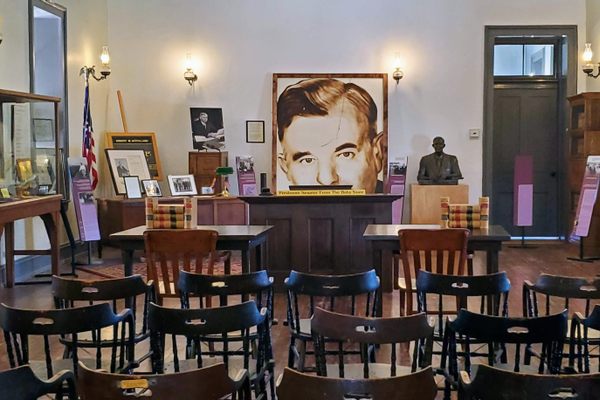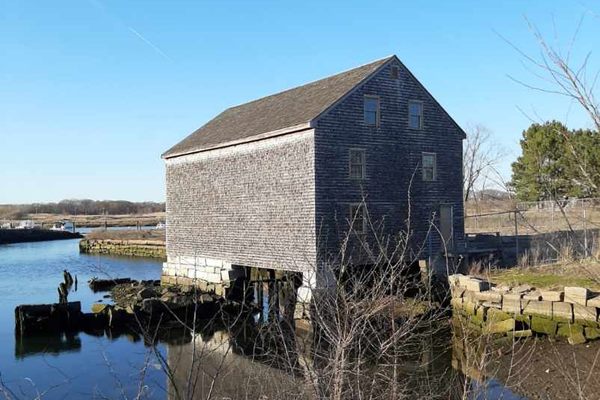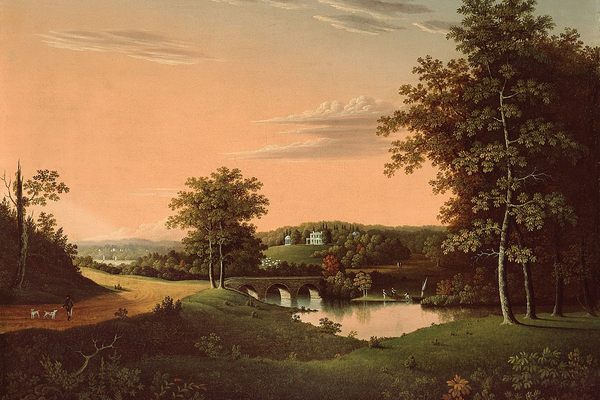About
The tract of land known as "Black Rock" on Sinclair Creek was patented to John Brisco in September 1760. It was over 50 years before Thomas Hilleary built the eponymous mill, after having purchased a portion of the land known as "Sprained Ankle Tract" from his father, Henry.
The Black Rock Mill was built in 1815, and operated as both a sawmill and grist mill. Details are hazy between the mill's opening and its passage to Franklin Waters and Sarah Hilleary, who sold the mill to Nicholas D. Warfield in 1844. The mill changed owners again in 1861 when it was purchased by Nicholas D. Offutt, though it took another five years before he was able to navigate challenges from the heirs of the Thomas Hilleary Estate. Charles Mansfield operated the mill during this period but let the mill's condition deteriorate.
Offutt was able to revive the mill and run it until his death in the 1890s. The mill remained in the Offutt family, with Americus Briggs and C. Wallace Hughes running it into the 1920s. The 1950s saw a serious downturn for Black Rock Mill. After producing the lumber for Liberty Mill, a steam mill in Germantown, and flipping ownership three times by 1957, the future looked bleak.
In 1973, the Maryland Forest and Park Service purchased the land and added it to Seneca State Park. The mill required major renovations and over the next seven years, the roof was removed and the rotted wood from inside the mill was lifted out. The mill was stabilized by 1980.
Improvements were made to stabilize the interior, metal grates were installed in the windows, and the frame of a gabled roof was installed, along with a sack hoist and interpretive displays to describe how the mill functioned. A ramp was installed to provide access to the second floor for a better view of the interpretive displays, and an inoperable metal wheel was affixed to one of the exterior walls.
Related Tags
Know Before You Go
The mill has a small parking lot next to it. The doors and windows are gated off but it is easy to see inside. As of June 2021, it does not appear that much upkeep is being done in terms of landscaping the interior. The roof is gone but the rest of the structure including the interpretive displays are in good shape.
Published
July 30, 2021



















































